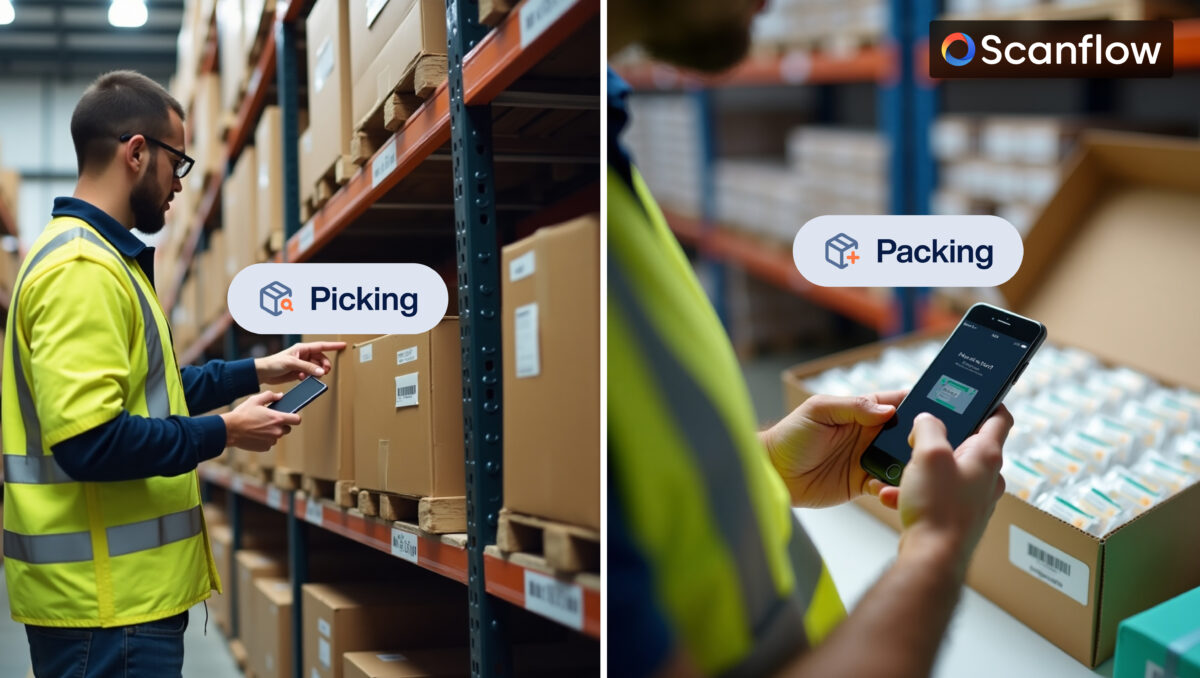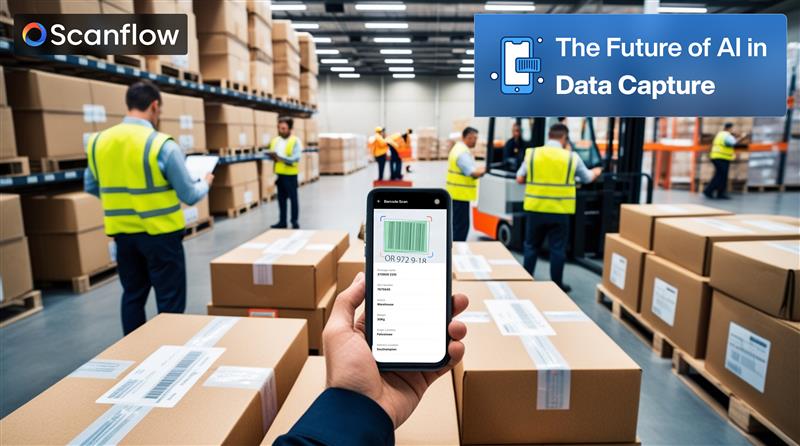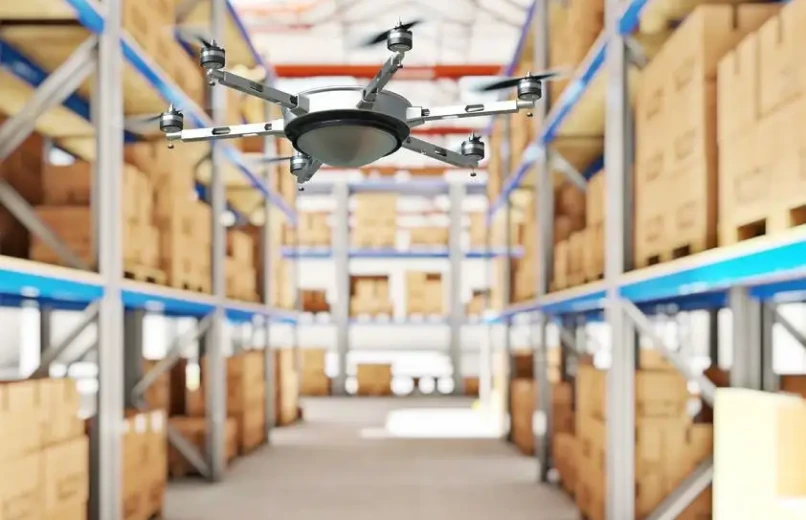In the high stakes world of high volume warehouses, label scanning accuracy isn’t just important it’s mission-critical. Whether managing order fulfilment, inventory tracking, or cross-docking, every second and scan counts. Yet, many operations face the ongoing challenge of label scanning errors that trigger mis-picks, misrouted packages, inventory mismatches, and operational slowdowns.
Scanflow’s asset identification solution is transforming the warehouses with the technology to eliminate scanning errors with precision, scalability, and intelligence.
Understanding the Root Causes of Label Scanning Errors
Before you can fix scanning issues, you must understand their origin. The most common culprits include:
- Poor Label Quality: Faded, scratched, or low-resolution labels are common in harsh warehouse environments.
- Inconsistent Label Placement: Scanners fail to read codes placed at inconsistent angles or obstructed surfaces.
- Format Variability: Using different barcode types or encoding schemes leads to recognition failures.
- Environmental Conditions: Glare, shadows, and low light disrupt scanner performance.
- Manual Errors: Human factors like incorrect manual inputs or skipped scans contribute to inaccuracies.
- Outdated Equipment: Legacy scanners may lack the responsiveness or range needed for dynamic workflows.
Best Practices to Prevent Scanning Errors
Even before adopting advanced solutions like Scanflow, the following foundational practices reduce scanning failures significantly:
1. Standardize Label Formats
- Use uniform barcode types, font sizes, and color contrasts.
- Add quiet zones (blank space around barcodes) to ensure clean reads.
2. Use Durable Label Materials
- Choose thermal transfer or weatherproof labels resistant to heat, abrasion, and moisture.
3. Optimize Label Placement
- Affix labels to flat, clean surfaces with consistent orientation across bins, racks, and boxes.
4. Improve Lighting Conditions
- Enhance visibility in scanning zones by eliminating glare and shadows.
5. Conduct Routine Quality Audits
- Implement daily spot checks and regular accuracy audits to detect patterns and lapses.
How Scanflow’s Asset Identification Solution Solves Scanning Errors
Scanflow elevates warehouse operations beyond the limitations of traditional scanning systems. Here’s how it virtually eliminates label scanning errors:
1. AI Powered Scanning Engine
- Scanflow leverages AI algorithms to recognize barcodes, QR codes, VINs, and text even if damaged, distorted, rotated, or partially obscured. It delivers over 98% accuracy in challenging environments.
2. Versatile Identification Capabilities
- It supports a wide range of identifiers: barcodes, serials, batch numbers, capturing real-time data with millisecond precision.
3. Real Time Exception Detection
- Operators receive immediate alerts when duplicate scans, incorrect items, or missing tags are detected before errors escalate into operational losses.
4. Easy Integration
- Scanflow connects seamlessly with major ERP and WMS systems like SAP, Oracle, and Microsoft Dynamics via SDK making rollout fast and scalable.
5. Built for High-Volume Zones
- From fast paced sorting hubs to dispatch lanes and cross-docks, Scanflow’s mobile and fixed deployments maintain performance under pressure.
Quantifiable Impact: Proven Benefits of Scanflow
Warehouses implementing Scanflow have reported:
- 75%+ reduction in scan-related errors and misroutes
- 98%+ scanning success rate across all label types
- 30–50% faster scanning time compared to legacy tools
- Improved traceability, batch management, and compliance
- Higher staff efficiency due to reduced error handling
Conclusion
High-volume warehouse operations can no longer afford the ripple effects of label scanning errors. With evolving customer demands and shrinking delivery windows, precision is the new productivity.
Scanflow AI Asset Identification SDK solution empowers warehouses to eliminate scan-related issues with agility, intelligence, and integration ensuring every scan tells the right story.
Want to see how Scanflow can elevate your warehouse? Schedule a demo today.







